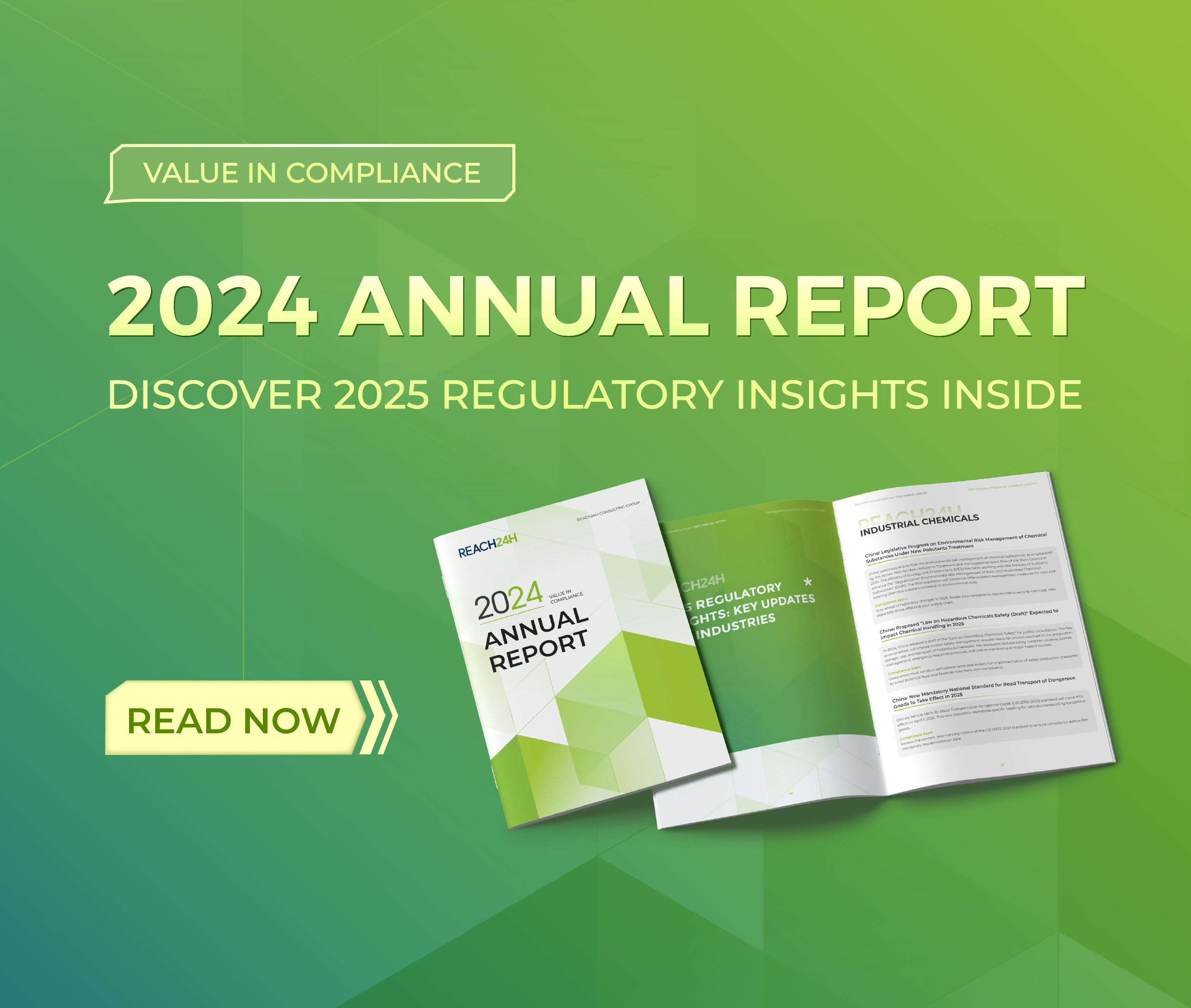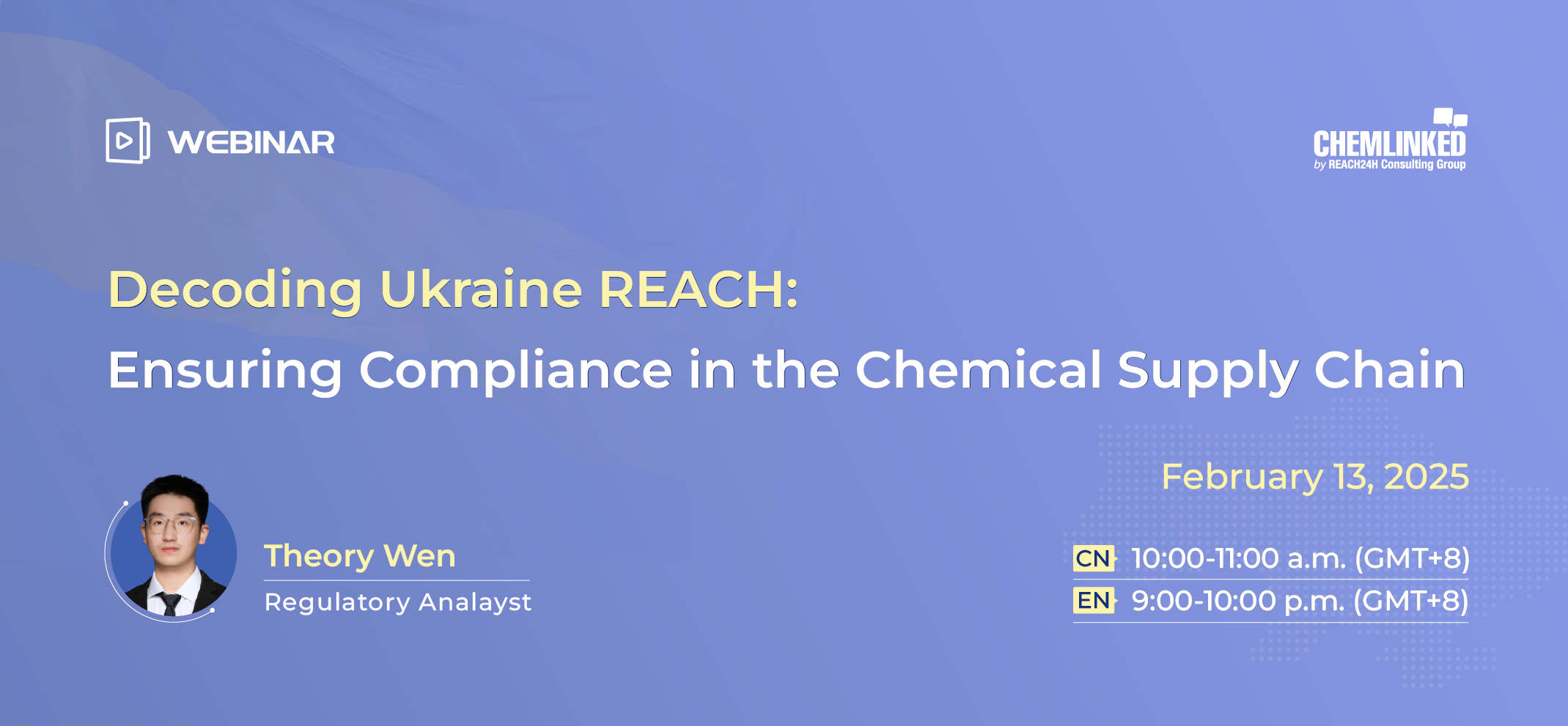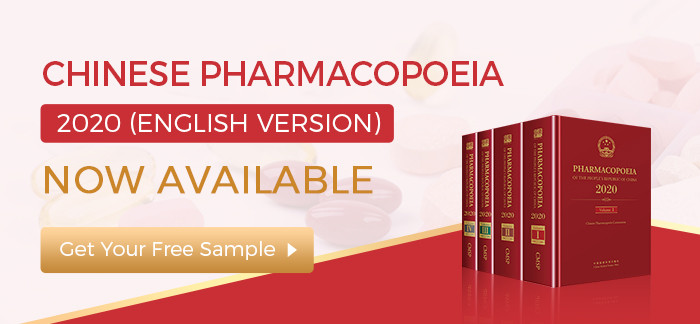The safety of our daily washing products have been subjected to question
Recently, a survey of Beijing Municipal Center for Disease Control and Prevention shows that substantial proportion of personal care products in China, such as cosmetics, perfume and other products, have been found to contain phthalate esters (PAEs), many of which are international brand name products. For the incident that cosmetic products may contain carcinogens, several journalists have tried to contact many cosmetics groups. Yang Yan, Director of the public relations department of Shiseido (China) Investment Co., Ltd, said, “we got to know the matter several months ago, but we will not accept media interview on this matter.” He Nana, Manager of the public relations department of Shanghai Jahwa, noted that “Jahwa is never one of those enterprises using PAEs.” In addition, the global perfume giant Coty Inc. and Unilever Group, Head of the daily chemical industry, gave no response to the event.
The survey data shows the concentration of PAEs in 12 perfume samples is up to 92.3% and those in skin care products and washing and hair care products are respectively 47.1% and 30%. It should be noted that two samples of children’s skin care cosmetics also contain phthalate DEP and phthalates DEHP.
Then how these phthalate substances appear in cosmetics? Phthalates are often used in plastic packaging and cosmetics production. Animal experiments confirmed the substances are harmful to the human liver and kidney and are environment hormones harmful to human fertility. In addition, some related researches in the United States revealed that the substances also affect the children’s neurological development. It is known that phthalates have been banned in the European Union and some states of the United States. Although US FDA (Food and Drug Administration) does not ban phthalates in cosmetics, its product label bill specifically requires it should be clearly marked in the label of goods, if phthalates are used in cosmetics, so that consumers know the information and decide whether to buy or not. In 1999, the EU strictly limited the concentrations of three phthalates (DEHP, DBP, BBP) used in suppliers and toys for children under 3 years. The concentration should not exceed 0.1%, and all non-compliant products will be recalled.
At present, China has included it into a “blacklist of China’s environmental priority pollutants”. However, this sudden exposure incident of “carcinogenic ingredients” is still difficult to play a long-term role on cosmetics management. Professor Chang Mei Cheng of the Department of Chemistry of Tsinghua University said: “China currently has not clearly specified the concentration of phthalates, so the concentration of the substances is hardly shown on the labels of products.” From the point view of regulatory levels, if the companies use the ingredients in their products, at least under the current framework they will not be recalled, because the toxicity test quantization in phthalate tests in China is difficult to a certain degree and it is hard to identify whether the ingredients are introduced or added. It is because there are currently no standard test methods and the state has not yet issues standards for phthalates limit that the present tests are done in accordance with the requirements of “Hygienic Standard for Cosmetics”. No iron laws on tests and management can be enforced.
Of course, with the growing popularity of non-hazardous chemicals management, China’s relevant departments have held several conferences to discuss guidelines and principles for the chemicals management, to gradually improve the relevant management regulations and systems, to strengthen supervision and law enforcement of authorities at all levels. For example, new provisions on application for cosmetics administrative licensing came into force on April 1st this year. It is convinced that similar incidents like this “cosmetics contain carcinogens” will be fewer and fewer in the near future.




